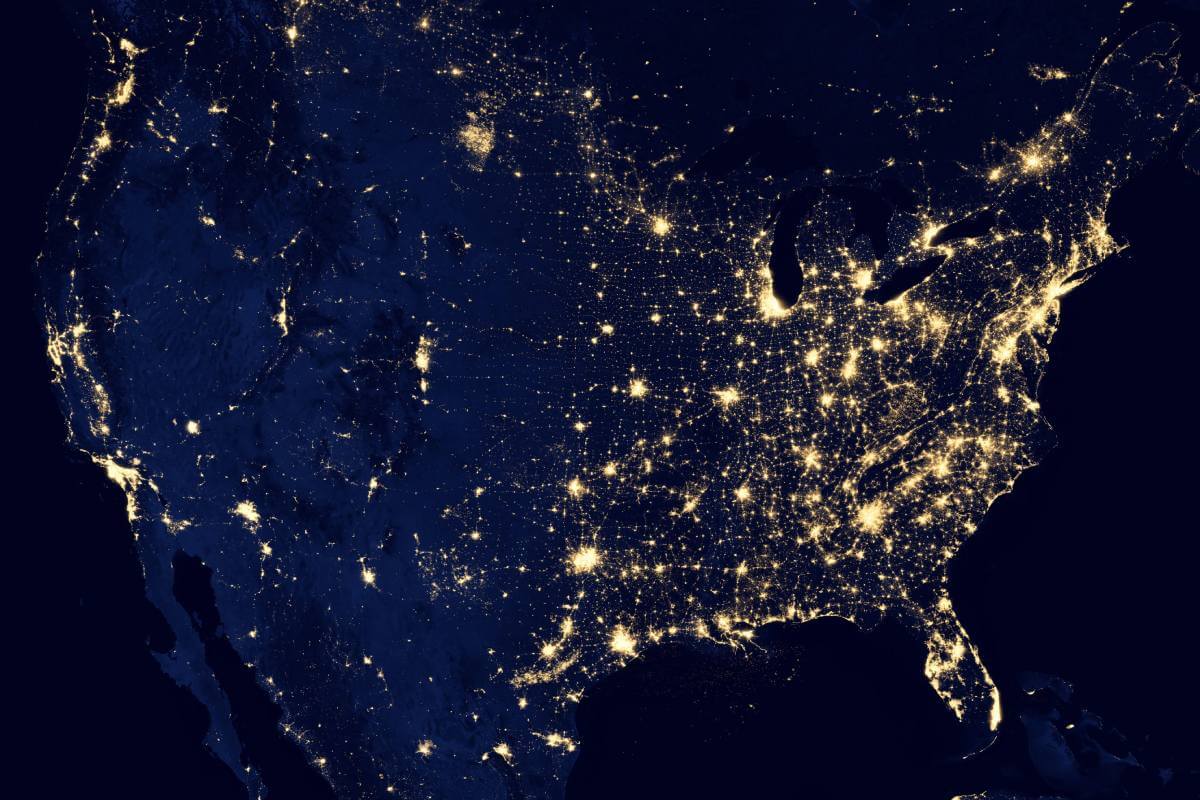Exploring the Spectrum: Understanding WISP Frequency Spectrums and Their Use Cases
- by ISPadmin
- 2023 / 10 / 18
- Engineering
Introduction


Many areas, especially rural and remote regions, still lack reliable internet connectivity due to the challenges of deploying traditional wired infrastructure. This is where Wireless Internet Service Providers (WISPs) step in, harnessing various frequency spectrums to bridge the digital divide. In this brief guide, we’ll look deeper into the diverse frequency spectrums used by WISPs and explore their unique use cases.
1. License-Exempt Frequencies
2. Licensed Frequencies
Licensed frequencies come with the requirement for WISPs to obtain authorization from regulatory authorities to operate within specific bands. While this entails added costs and regulatory compliance, it offers exclusive access to these bands, minimizing interference and providing more control over the network.
Use Cases:
a. 3.65 GHz: The 3.65 GHz licensed spectrum has gained popularity among WISPs serving suburban and rural areas. It strikes a balance between coverage and capacity, making it a suitable choice for regions with medium population densities.
b. 24 GHz and 60 GHz: These higher-frequency bands are typically used for point-to-point (PTP) and point-to-multipoint (PMP) connections. They offer high bandwidth capabilities, which are ideal for backhaul connections or providing last-mile connectivity in dense urban areas where demand for high-speed internet is robust.
c. 70/80 GHz (Millimeter Wave): Millimeter-wave frequencies are currently being explored for delivering multi-gigabit internet access in densely populated urban environments. These spectrums offer exceptional data rates, making them an attractive choice for fixed wireless access (FWA) applications.
3. Citizens Broadband Radio Service (CBRS)
The Citizens Broadband Radio Service (CBRS) band in the 3.5 GHz spectrum is a game-changer for WISPs. CBRS combines the best of licensed and unlicensed spectrums, enabling WISPs to access this band with General Authorized Access (GAA) and Priority Access Licenses (PAL).
Use Cases:
a. Fixed Wireless Access: CBRS is an excellent choice for delivering high-speed internet access in suburban and rural areas. It improves network quality and performance, offering WISPs a valuable tool for connecting previously underserved areas.
b. Private LTE Networks: Enterprises and organizations can deploy CBRS for setting up private LTE networks, ensuring secure and reliable connectivity within their premises. This application is ideal for industries where network security and performance are paramount, such as manufacturing, healthcare, and education.
Conclusion
WISPs are at the forefront of providing internet access to areas where traditional wired infrastructure is challenging to deploy. To achieve this, they utilize a wide range of frequency spectrums, each with its own strengths and limitations. By comprehensively understanding these frequency bands and their unique use cases, WISPs can design and deploy networks that cater to the diverse needs of their customers, ultimately bringing reliable and high-speed connectivity to every corner of the world.As technology evolves and regulatory frameworks adapt, WISPs will continue to play a pivotal role in ensuring equitable access to the digital world.
Contact us here to learn more about how ISP Revolution can help you deploy with confidence – the first time
RECENT BLOG
MORE INFO
ISP Resolution © 2023 All Rights Reserved
